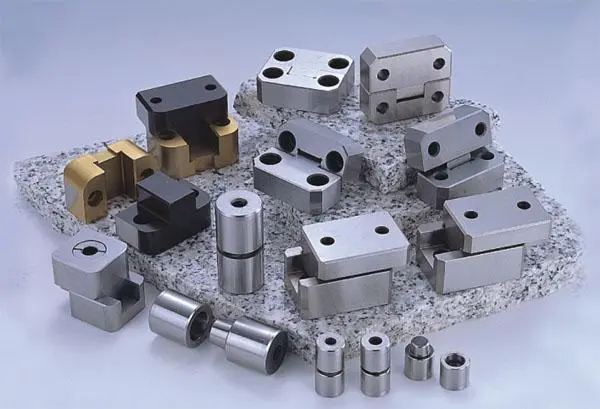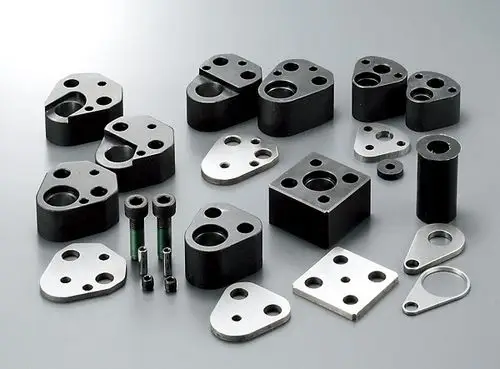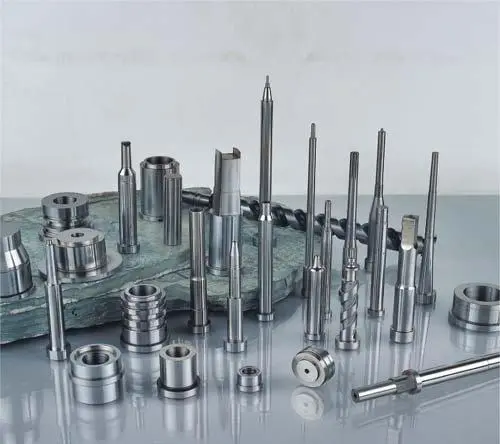News
Factors Affecting Precision Die Manufacturing
In modern manufacturing, the processing quality and precision of precision molds play a vital role in the quality and performance of products. However, the processing of precision molds is affected by a variety of factors.
In modern manufacturing, the processing quality and precision of precision molds play a crucial role in the quality and performance of products. However, the processing of precision molds is affected by a variety of factors.
I. Mold Design
Mold design is the primary factor affecting processing. Reasonable mold structural design can ensure the stability and reliability of the mold during use. The design needs to fully consider factors such as product shape, size, precision requirements, and molding processes. For example, unreasonable design may lead to stress concentration during mold processing, thus affecting the service life and precision of the mold.
II. Processing Equipment
Advanced processing equipment is the key to ensuring the precision of precision mold processing. High-precision CNC machine tools, EDM machine tools, wire-cutting machine tools, etc., can provide higher processing accuracy and stability. The precision, rigidity, speed, and performance of the control system of the equipment will directly affect the processing quality of the mold. For example, machine tools with low precision may result in large dimensional deviations in the processed molds.
III. Processing Technology
Selecting the appropriate processing technology is crucial for the processing of precision molds. This includes the selection of cutting parameters, the planning of tool paths, and heat treatment processes. Improper selection of cutting speed, feed rate, and cutting depth may cause problems such as rapid tool wear and poor surface quality. Unreasonable heat treatment processes may cause mold deformation, affecting its precision.
IV. Material Selection
The properties of the mold material directly affect the quality and life of the mold. Commonly used mold materials include steel and alloys. The hardness, toughness, and wear resistance of the material need to be selected according to the use requirements of the mold. For example, for molds that need to withstand high-intensity impact, materials with better toughness should be selected; while for molds that require high precision and high wear resistance, materials with high hardness and good wear resistance should be selected.
V. Tools and Fixtures
High-quality tools can improve cutting efficiency and processing quality, reduce tool wear, and reduce the number of tool changes. The precision and stability of the fixture can ensure accurate positioning of the mold during processing and prevent errors caused by displacement.
VI. Measurement Technology
Precise measurement is an important link in ensuring mold precision. Using high-precision measuring instruments, such as three-coordinate measuring machines, can promptly detect errors during the processing process and take corresponding measures for correction.
VII. Operator's Technical Level
The experience and skills of the operator have a significant impact on the quality of mold processing. Skilled operators can reasonably adjust process parameters according to different processing conditions and promptly handle problems encountered during processing.
VIII. Environmental Factors
The temperature, humidity, and cleanliness of the processing environment will also affect the processing of precision molds. Temperature changes may cause thermal expansion and contraction of the material, thus affecting processing accuracy; high humidity may cause mold rust; and dust and impurities in the environment may enter the equipment, affecting the normal operation of the equipment.
IX. The Impact of Medical Device Development Trends on Precision Mold Processing
With the rapid development of the medical device industry, the demand for precision molds is also increasing. In the medical device field, such as miniature devices and implantable devices, the precision and quality requirements for molds are extremely high.
Medical devices are showing a trend of miniaturization and microminiaturization, which requires precision mold processing to achieve finer structures and smaller sizes. For example, the manufacturing of miniature sensor molds requires higher precision processing technology and equipment.
At the same time, medical devices have strict requirements for the biocompatibility and safety of materials, which also makes mold processing more cautious and precise in material selection and processing.
In addition, the personalized customization needs of medical devices are increasing, and mold processing needs to have stronger flexibility and rapid response capabilities to adapt to the needs of products with different specifications and shapes.
In summary, the processing of precision molds is a complex process that is affected by multiple factors. In actual production, these factors need to be fully considered, and effective measures should be taken to ensure the processing quality and precision of the molds to meet the needs of the constantly developing medical device and other industries.



